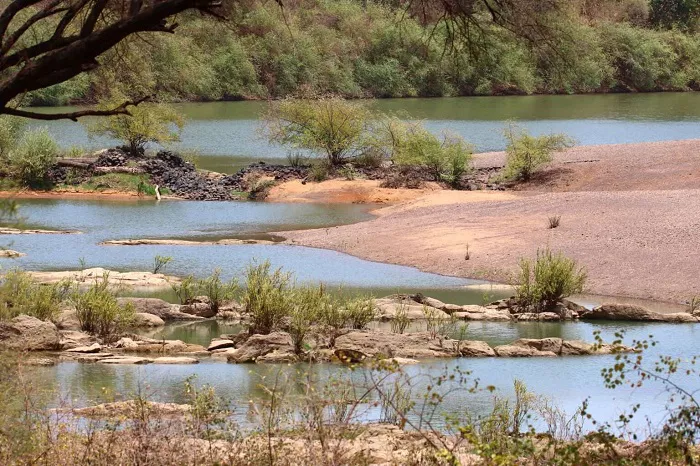After six years without confirmed sightings, an elephant has been recorded on camera trap footage in Senegal’s Niokolo-Koba National Park, reigniting optimism about the species’ survival in the region. The footage reveals Ousmane, a hybrid bull elephant between the African forest and savanna species, marking the first confirmed presence since 2019.
Ousmane, estimated to be between 35 and 40 years old and named after a local park ranger, was captured on a grainy black-and-white video during nighttime in the park’s forested area. His appearance is significant, given that only a handful of elephants—estimated between five and ten—remained in the park by 2019, down from hundreds several decades ago.
The species had been on the brink of local extinction due to decades of intensive poaching for ivory and habitat loss, especially since the colonial era. These pressures decimated elephant populations across West Africa, leading to dramatic declines in Niokolo-Koba’s wildlife and prompting UNESCO to list the park as a World Heritage Site in Danger.
Since 2011, a joint conservation initiative between Senegal’s National Parks Directorate and the nonprofit Panthera has invested over $6 million and implemented strengthened antipoaching patrols. These efforts have helped revitalize the park’s ecosystems, which cover approximately 9,000 square kilometers (3,500 square miles) and provide critical habitat for numerous endangered species.
Niokolo-Koba remains a vital refuge for one of the last two populations of West African lions, critically endangered western chimpanzees, western giant elands, the region’s largest leopard population, and endangered African wild dogs. In 2024, Panthera’s camera traps also recorded the elusive giant pangolin for the first time in 25 years.
Philipp Henschel, Panthera’s regional director for West and Central Africa, highlighted the significance of Ousmane’s sighting: “This video reignited hope that elephants are in the park. He might not be the last elephant currently alive in this ecosystem.” Henschel emphasized that the sighting underscores the importance of persistence in conservation efforts for rare species.
Following this milestone, discussions are underway about reintroducing a small herd to reestablish a sustainable breeding population within Niokolo-Koba. The park’s removal from the UNESCO World Heritage in Danger List in 2024 stands as a testament to the success of ongoing conservation strategies.
Looking ahead, conservationists remain cautiously optimistic. “Watch this space,” Henschel said. “We’re still searching … within a year or two, we have more good news.”

